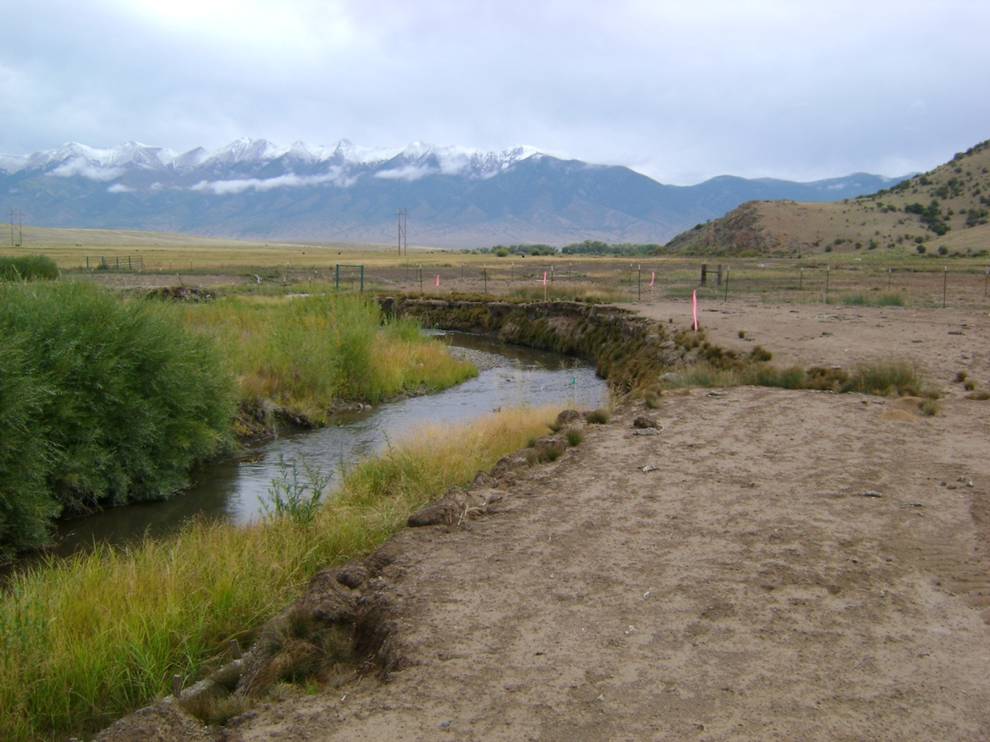Kerber Creek Restoration Project
Organization: Trout Unlimited
Country: United States
Other Organizations Involved:
- US Bureau of Land Mangement
- US Fish and Wildlife Service
- US Forest Service
- Natural Resources Conservation Service
- Western Hardrock Watershed Team
- Colorado Division of Reclamation Mining and Safety
- Colorado Dept. of Public Health and Environment
- Bonanza Stakeholders Group

Background
Kerber creek runs through the Bonanza Mining District where the hardrock mining occurred from the late 1880s to the mid 1970s. During that time, hundreds of thousands of tons of mine waste, containing copper, cadmium, and zinc were produced. Multiple dams were built along Kerber Creek to accommodate the large volume of mine tailings being produced.
Over the years, these tailing dams eroded and failed, resulting in impaired water quality, diminished aquatic invertebrate and fishery communities, and sparse stream side and upland vegetation. By the end of the mining boom, nearly 200 acres of mine tailings lay along 19 miles of Kerber Creek.
Goals
The goals of the project include improving water quality, improving stream system health, restoring fish and macroinvertebrate habitat, and continuing to develop and maintain a committed group of local stakeholders.
Main activities
Main activites include in-place treatment of mine tailings using phytostabilization, revegetating riparian and upland areas, installing bank stabilization and fish habitat structures, and monitoring. In addition to these activities, TU will work through community meetings to strengthen the commitment of stakeholders involved in the project, as well as bringing in new interested parties to participate.
Results
This project will improve water quality by reducing metals contamination, improve stream function and health through stream bank stabilization and revegetation, and will help restore fish and macroinvertebrate populations that have been decimated by historic mining operations. Local ranchers will be able to use their full irrigation water rights without concern for water quality. Ultimately, project work will allow more subsurface storage of water by reconnecting Kerber Creek to its floodplain.